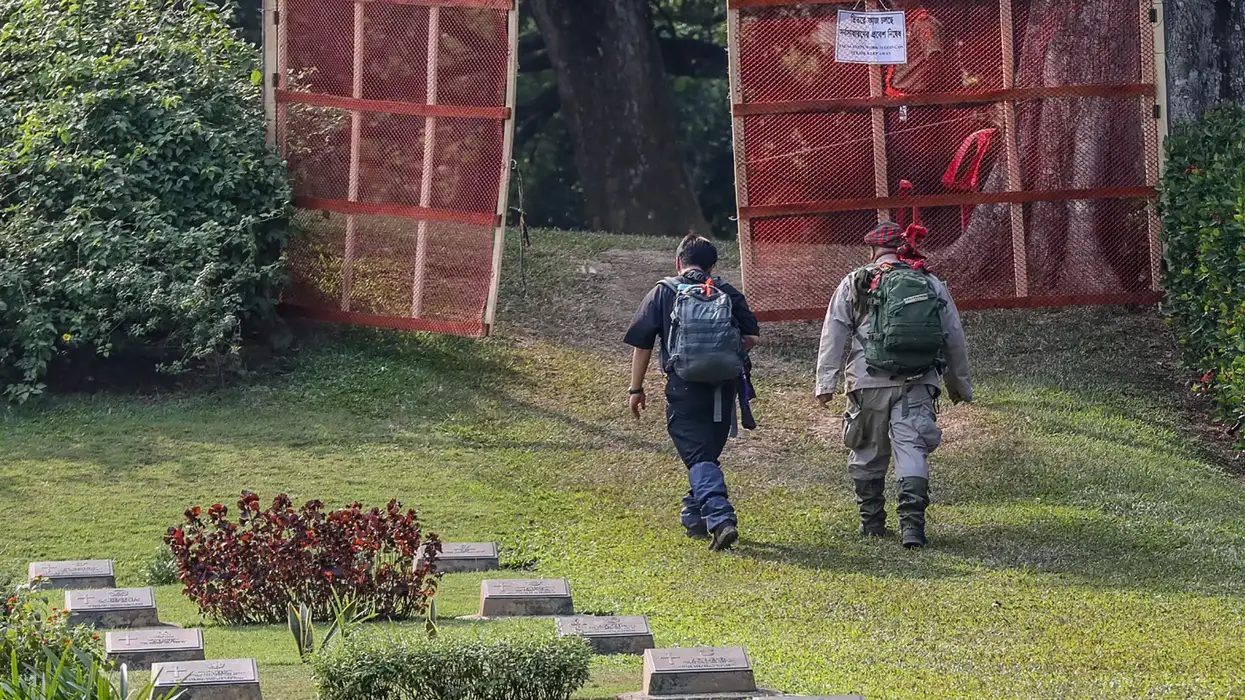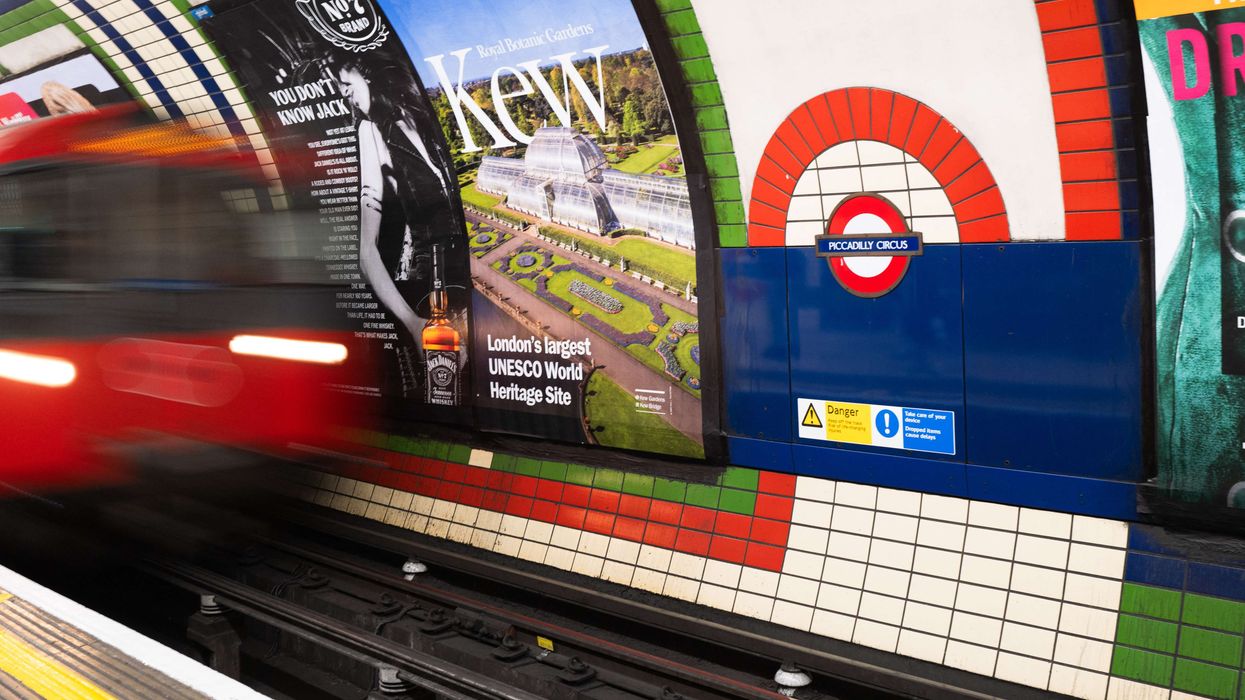JAPANESE officials in Bangladesh are preparing the bodies of 23 soldiers who died during the Second World War to return them home after more than 80 years, exhumation teams said on Monday (25).
The bodies were exhumed from Bangladesh’s Maynamati war cemetery, near Comilla, where more than 700 people from multiple nations killed during the war were buried.
“Japanese soldiers were treated at the Maynamati field hospital, before succumbing to their injuries,” said Hillol Sattar, Bangladesh country manager for the Commonwealth War Graves Commission, which runs the cemetery.
The government-backed Japan Association for Recovery and Repatriation of War Casualties is organising the recovery work to return the dead to Tokyo, the embassy of Japan said.
The organisation said it seeks to return remains of the Japanese war dead, especially from regions that saw heavy fighting during the war – including the Philippines, Papua New Guinea, the Solomon Islands, Indonesia and Myanmar.
Japan fought in China and Burma (Myanmar today) against Allied forces, and tried to invade British-ruled India, of which Bangladesh was then a part.
When the war ended in August 1945, Bangladesh was part of India, splitting when British imperial rule ended in 1947.
Sajjad Ali Zahir, a retired Bangladeshi army colonel who was part of the eight-member excavation team, said the identity of the bodies would first be checked.
“The remains will undergo DNA matching, and once the process is complete, authorities will hand them over to the families,” Zahir said, adding that the men were expected to be “buried with military honours”.
Eight decades on, the remains are in an “extremely fragile state”, he said. They included both full skeletons as well as “skull fragments and bones”.
Dhaka and Tokyo are close trading partners.
Tokyo pledged its support for a “peaceful and democratic political transition” in support of interim leader Muhammad Yunus












